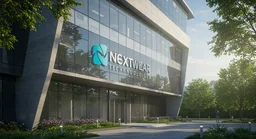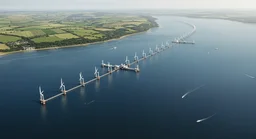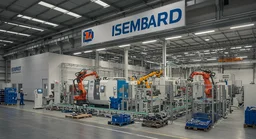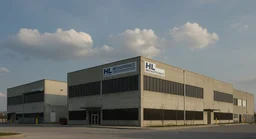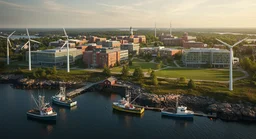Former Tesla Exec Drew Baglino Leads Heron Power’s Solid-State Transformer Revolution
365 views
Former Tesla executive Drew Baglino, a key figure in the company’s electric propulsion and energy systems development, has embarked on a new venture with Heron Power, a startup poised to reshape the backbone of the electric grid. Focused on the development of solid-state transformers, Heron Power is seeking to secure between $30 million and $50 million in a Series A funding round, led by Capricorn Investment Group. This ambitious endeavor places Baglino and his team at the forefront of a transformative wave in energy infrastructure.
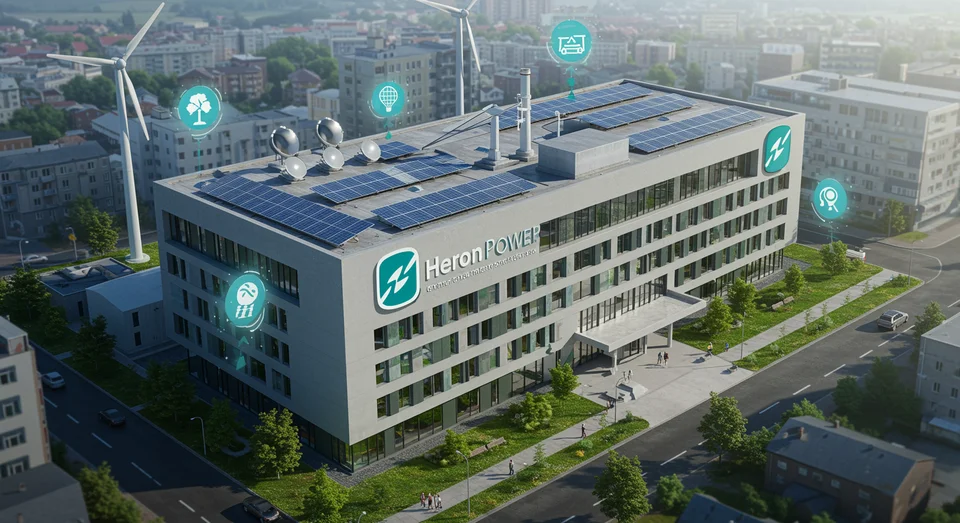
Reinventing the Grid: The Promise of Solid-State Transformers
The electric grid, often referred to as the lifeblood of modern civilization, is overdue for a technological overhaul. Traditional transformers, the unsung heroes of energy distribution, have served reliably for decades but are increasingly ill-suited to meet the demands of a world shifting toward renewable energy and electrification. Enter solid-state transformers—a technology that promises to be not only smaller and more efficient but also smarter. These advanced devices can actively manage power flow, regulate voltage with precision, and enhance grid stability, all while occupying a fraction of the space required by their conventional counterparts.
Heron Power’s focus on this cutting-edge technology underscores the growing recognition that the grid must evolve to accommodate the complexities of renewable energy integration and the increasing electrification of transportation and industry. By leveraging the expertise of former Tesla engineers, the company is well-positioned to tackle the technical and logistical challenges of deploying solid-state transformers at scale.
Baglino’s venture is not alone in this pursuit. Another startup, Amperesand, also founded by Tesla alumni, is making waves in the transformer market. Fresh off a $12.5 million seed round earlier this year, Amperesand is now raising additional funds to further its innovations. The parallel efforts of these two companies highlight a broader trend: the transformer market, long considered staid and unchanging, is becoming a hotbed of innovation.
A Broader Shift in Energy Infrastructure
The emergence of startups like Heron Power and Amperesand reflects a larger movement within the energy sector. As renewable energy sources like wind and solar proliferate, the grid must become more adaptable and resilient. Solid-state transformers, with their ability to manage fluctuating power inputs and outputs, are particularly well-suited to this new era. They can seamlessly integrate distributed energy resources, such as rooftop solar panels and battery storage systems, into the grid, ensuring that power flows remain stable even as generation becomes more decentralized.
This shift is not merely a technological upgrade; it represents a reimagining of how energy is produced, distributed, and consumed. By enabling more efficient and flexible energy management, solid-state transformers could accelerate the transition to a low-carbon economy, reducing reliance on fossil fuels and mitigating the impacts of climate change.
Capricorn Investment Group’s involvement in Heron Power’s funding round is a testament to the growing investor interest in technologies that promise both financial returns and environmental benefits. Known for its focus on sustainable investments, Capricorn’s backing signals confidence in the potential of solid-state transformers to deliver on both fronts.
The Road Ahead: Challenges and Opportunities
While the promise of solid-state transformers is undeniable, the path to widespread adoption is fraught with challenges. Manufacturing these advanced devices at scale will require significant investment in research and development, as well as the establishment of new supply chains. Regulatory hurdles and the inertia of existing grid infrastructure could also slow the pace of change.
However, the stakes are high, and the rewards could be transformative. For startups like Heron Power and Amperesand, the opportunity to redefine a critical piece of energy infrastructure is both a technical challenge and a business imperative. Their success could pave the way for a more resilient and sustainable energy system, one that is better equipped to meet the demands of a rapidly changing world.
As Drew Baglino and his team at Heron Power embark on this ambitious journey, they are not merely building a company; they are contributing to a broader vision of what the future of energy could look like. In doing so, they join a growing chorus of innovators who recognize that the grid, like the energy sources it distributes, must evolve to meet the needs of the 21st century.

